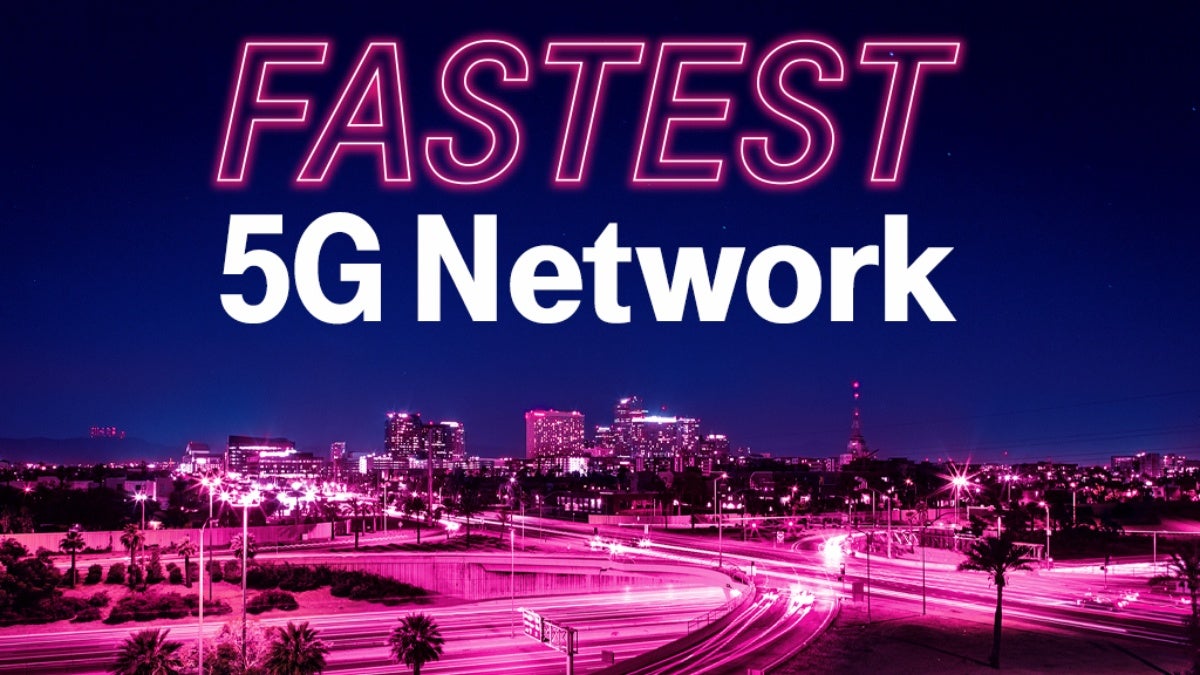Do you know those 5G speed and availability reports that rarely align with your real-life mobile network experience and that are always dominated by T-Mobile at a national and sometimes global level? Well, the industry-leading “Un-carrier” is today flaunting an achievement that’s even harder to replicate by everyday users, claiming an insane peak of “above 3.6 Gbps” in a test call performed leveraging groundbreaking six-carrier aggregation technology.
As Magenta enthusiastically points out, that kind of “mind-blowing” speed would be enough to download a two-hour HD movie in “less than 7 seconds”… if it were actually achievable outside of a controlled testing environment.
Unfortunately, that’s not currently the case and it may never become an easily accessible reality, which doesn’t make T-Mo’s latest technological feat any less remarkable. That’s because combining six 5G channels of mid-band spectrum will likely be possible soon, helping you squeeze higher speeds than right now on the best US mobile network out there.
Those are unlikely to reach 3.6 Gbps (or 2.6, or even 1.6) in most day-to-day scenarios, but what’s important to note is that T-Mobile is absolutely not resting on its laurels and instead continuing to put as much effort as always into widening the 5G speed and coverage gap to Verizon and AT&T.
This six-carrier aggregation accomplishment, of course, follows in the footsteps of a four-carrier aggregation rollout that kicked off last year, boasting (theoretical) speeds of over 3.3 Gbps to consolidate T-Mo’s reputation as a global pioneer and trendsetter in terms of game-changing 5G technologies.
The rather simple but hard-to-execute idea here is naturally to merge as many 5G channels as possible in order to squeeze as much capacity as possible from a network that already covers “more than 330 million people across two million square miles” without having to resort to high-band airwaves (aka mmWave) that don’t travel as far and as wide as mid-band spectrum.
The results are mmWave-grade speeds you can actually get on your phone inside buildings, on the road, at school, or in your workplace, and although 6-carrier aggregation is not technically ready for mass deployment just yet, T-Mobile is working on it, as well as many other unrivaled 5G achievements and breakthroughs.







